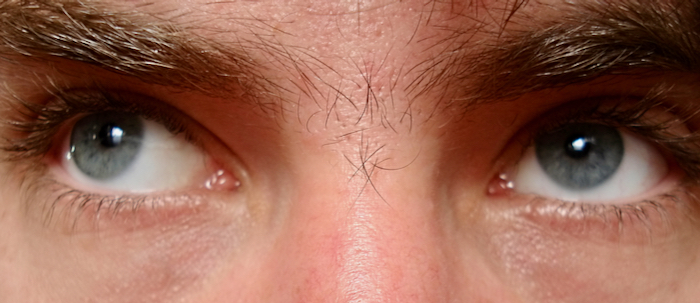When we hear the word “hypnosis,” most of us first think of a gold watch swaying back and forth.
An intense hypnotherapist stares into the eyes of the subject, slowly and steadily willing his patient into a trance.
The patient surrenders control, eyes closed, oblivious of the surroundings or her behavior. The experience and the control remain in the hands of the hypnotherapist.
Such a state of unconsciousness understandably would strike terror into the hearts of most of us, who have enough trouble maintaining control of our everyday lives without succumbing to the governance of a stranger who assures them, “All will be fine; just do as I say!”
The good news is that today hypnosis has done away with watches and the “you are feeling sleepy now” mumbo-jumbo.
Contemporary hypnosis places patients squarely in charge of their own experiences. They direct the process with the help of the hypnotherapist, who serves as a guide into the patients’ rich unconscious. When accessed, the unconscious offers limitless potential.
Here the job of the hypnotherapist is to merely assist with lowering external blocks that may be hindering the patient’s ability to clearly “see and access” these potentials, including improved creativity, better relationships and expanded productivity.
This collaborative approach to treatment is the most significant change in today’s approach to hypnotherapy.
First the hypnotherapist will attempt to gain a patient’s trust. At the patient’s pace. Nothing too fast or too slow. Eventually when — and only when — the patient becomes comfortable, a trance state will be created.
Keep in mind that everyone already experiences trance-like states, at various time of the day.
Have you ever taken a long drive and suddenly found yourself 30 miles down the highway, wondering what happened to the time? That would be a trace-like state. A normal human experience, nothing magical or mystical. We all fall into trace-like states — while doing the dishes, sitting through a lecture … simply a form of daydreaming and nothing alarming.
The hypnotherapist essentially works with what already exists. Everyone to greater or lesser degrees has the ability to fall into a trance and while doing so may access internal abundant possibilities.
The other significant change from classical to contemporary hypnosis is the process. A collaborative approach gives full choice and control to the patient. The hypnotherapist will offer optional ways to feel relaxed. Instead of stating, “You will feel this; you will feel that,” the hypnotherapist will suggest, “You may feel this or you may feel that — only if you want to.”
The hypnotherapist may also state, “You don’t have to if you don’t want to,” and offer alternatives each step of the way.
This is particularly useful for anyone who has even mild fears of being controlled — or has feelings of being out of control.
When patients know they may or may not chose to do anything they want or don’t want to, the whole experience becomes a more relaxed, less stressful and less fearful experience. Outcomes are more effective as a result of choices made by patients.
For phobias, anxieties, depression and many other general issues, today’s approach to hypnotherapy may serve as a viable and effective option for many. Part of a varied and fascinating journey through the Healing Arts.
Dr. Milton H. Erickson
Dr. Erickson was an internationally renowned hypnotherapist who was instrumental in creating, utilizing and promoting many of the above techniques. Visit the Milton H. Erickson Foundation web site and view the video below, which features Erickson talking about going into a trance.
Photo by Rodrigo Zadro
